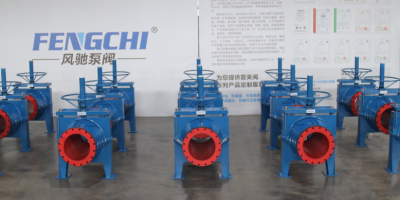The working principle and description of the pinch valve
The pinch valve is a control component in the pipeline fluid delivery system, mainly used to control the fluid flow. It has the functions of throttling, stopping, diverting or overflowing, and can control the normal operation of production equipment and technological processes. It can be used to control various corrosive media such as oil, water and gas. The working pressure environment can be used in low pressure and normal pressure pipelines (high pressure needs to be specially customized).
The working principle of the pinch valve

To talk about the working principle of the pinch valve, we must start with the driving method of the pinch valve. Mainly divided into: self-driven pinch valve and power-driven pinch valve. Self-driven is to transmit the medium's own energy as power to drive, for example, the pressure of the air source directly closes the valve. The power-driven type is simply driven by external forces, such as electric, pneumatic, hydraulic and other combinations.
2. The pinch valve has the following wear characteristics:
1) The pinch valve has the function of one valve with multiple functions, and it can be used instead of gate valve, globe valve and regulating valve;
2) Rubber is more wear-resistant than steel, iron and various other metal materials or plastics. When conveying medium with solid particles, its wear is very small;
3) The rubber tube is made of various formulas according to the needs of chemical production users. Therefore, it can be used for a long time in different chemical media and under different aggressive conditions. The hose is divided into two types: ordinary type and reinforced type;
4) There are flanges at both ends of the hose. When the valve is connected to the pipeline, there is no need to add a sealing gasket, and there are no bad phenomena such as running, running, dripping, and leaking on the valve position;
5) The valve structure is simple, easy to repair and replace the hose;

